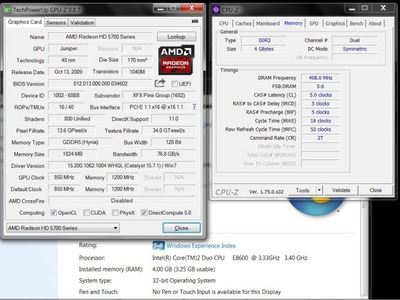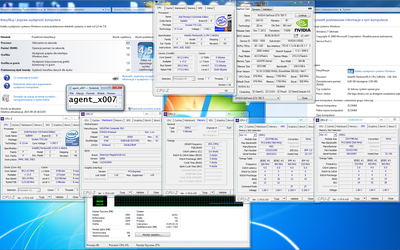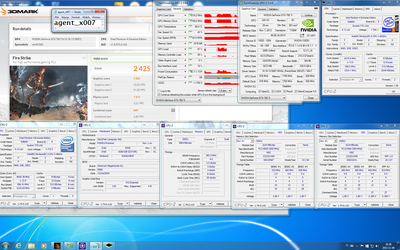First post, by KT7AGuy
- Rank
- Oldbie
I noticed something today on my HTPC running Win7 32-bit. It has 4gb RAM and a Radeon 5770 with 1gb RAM. However, Win7 says it is still able to access 3.25gb RAM.
From what I know of the way 32-bit Windows OS works, it can only address 4gb of total RAM in the system. Therefore, if I have a video card with 1gb RAM, Windows should only be able to access a maximum of 3gb system memory.
Clearly I am not understanding things correctly. Can somebody please enlighten me?
In the future, I'm planning on someday building a WinXP box with a GTX 750 Ti. I was under the impression that the 2gb cards would limit my system memory to 2gb, so I was thinking I would need to buy one of the gimped 1gb Zotac models. Perhaps this is not really the case?



